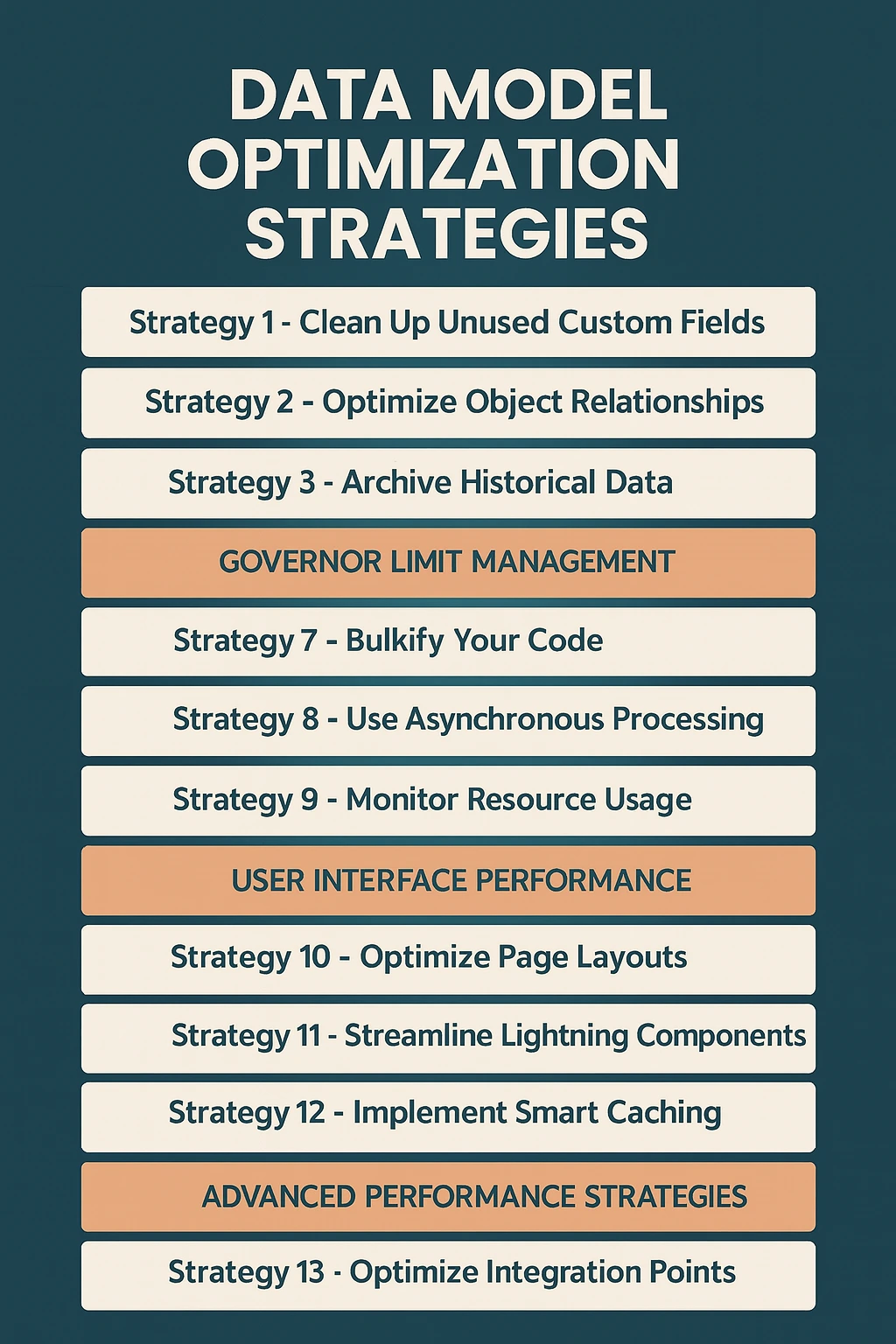Know about CSAT - Just the Basics
The journey of a product is like a linear path. It begins with an idea that is tabled with investors and board members. Then, after this idea takes the shape of a tangible product, it makes its way to the customer through store purchases or online orders. However, this journey does not end here. Rather, it concludes at the moment when your customer is content with your product or service. In other words, garnering the satisfaction of the customer is the ultimate goal of a product, and in turn, the brand itself. So, how do you know if your customer is happy with what you are offering them? Well, let CSAT take care of the worries.
What is CSAT?
Remember the last time you ordered a Chelo Kebab platter on a food-delivery app? Or, when you purchased a new wristwatch from an eCommerce site? Irrespective of the product you bought, you must have received a follow-up email or an app notification which goes something like this – “Rate your experience with us!”, followed by five blank stars or emojis to determine if you are happy with the service. This post-purchase notification is what we call a CSAT survey.
As the acronym suggests, the CSAT (Customer Satisfaction) score measures the degree of satisfaction of your customer towards the product that you have launched in the market. It is one of the most crucial metrics that acts as a key performance indicator that allows a company to analyze the general reaction of the consumers towards the product or service, as well as the brand.
Characteristics of CSAT surveys
What makes the CSAT score one of the most reliable metrics for various companies to study their product or service is the sheer simplicity and directness of the entire procedure. Some of the most beneficial features of the CSAT survey include:
- Five-point rating scale: The CSAT score throws light on how your customer feels about your product with the help of a five-scale rating –
- Very Unsatisfied
- Unsatisfied
- Neutral
- Satisfied
- Very Satisfied
- Provides In-Depth Information: The CSAT survey normally consists of one or two questions – the five-point scale of ratings, along with a text question box for the customer’s written feedback. However, an organization can choose to create a detailed questionnaire to further assess the various nuances of their product or service that the customer liked or disliked in particular.
- Prioritizes the Customer’s Emotional Response: The primary aim of a CSAT survey is to ascertain how satisfied or dissatisfied the survey participant (i.e. the customer) is with your product. This is done via one mandatory query, followed by the reason behind the selection of their choice.
- Holistic Inquiry: An indispensable characteristic of CSAT surveys is their capability to magnify every angle of your product or service. That way, the respondent can easily pinpoint those very features that they like or dislike without having to write elaborate explanations regarding the same.
- Captures the Customer’s Instant Reaction: As the saying goes, “The first impression is the last impression.” CSAT surveys follow a similar style of collecting feedback when it comes to inquiring customers whether they enjoyed a company’s service or product. Thus, this survey metric captures the initial reactions of the respondent when asked about a certain brand and its products.
- Highlights the Positive and Negative Aspects: Truth be told, a product or service is meant to impress its consumer. And CSAT survey reports guide you through the customers’ feedback so that you can recognize the positive and negative aspects of your product.

How to Calculate your CSAT score
As mentioned earlier in this article, the true purpose of a CSAT survey is to understand whether the customer is happy with your services. After all, the customer’s point of view has a great influence on how the product is perceived by the public in general. So, the happier your customer is, the greater your CSAT score becomes.
The calculation of your CSAT score involves taking into consideration those responses which provide a rating of 4 or 5 (i.e. “Satisfied” or “Very Satisfied”). This is because the very name of the survey represents how satisfied your customers are as far as your service is concerned. Thus, when viewed from a macrocosmic perspective, the number of respondents who select 4 or 5 from the five-point scale ratings is a key performance indicator of your service, and in turn your brand. The formula to calculate your CSAT score is:
In the following example, you will be able to understand the application of the CSAT score formula in a much better way:
Consider that a company has sent out 100 surveys to 100 respondents, asking for how satisfied they are with the brand’s performance by ranking them on a scale of 0 to 5. The responses received are listed below:
- 70 respondents were highly satisfied with the product or service as well as the organization providing the same (i.e. the choices were either 4 or 5)
- 10 respondents were dissatisfied with the organization’s performance (i.e. the responses were between 0 and 2)
- 10 respondents expressed a neutral opinion (i.e. they chose 3)
- 10 of the potential survey participants did not respond to the survey
So, the CSAT score of the said company will be calculated by;
Therefore, the CSAT score of this company is 77.77%. For every organization, it is important to have a CSAT score of or above 80%, since it signifies that your target audience is content with your products and services.
Uses of CSAT Surveys
Delivering quality results and a memorable experience to your customer is what every brand must endeavor to pursue in the long run. As a key performance indicator, a CSAT survey assists your brand at every step of your operations by providing clarity on how much impact your product, as well as your brand, creates on the mind of the consumer. For instance, various eCommerce sites and retail stores send out short surveys post-delivery to learn about your overall shopping experience. In fact, many educational institutes today gather feedback from students and parents on the performance of their teaching faculty and the infrastructure in the premises.
Here are some of the situations where you can implement a CSAT survey:
- Gathering feedback on whether your customer enjoyed your product or service, such as collecting a Customer Satisfaction response once their Support Case is closed.
- To know if a customer’s service appointment was successfully completed by the assigned field agent; for instance, collecting a Customer Satisfaction once their Service Appointment is completed by the assigned Field Agent as part of the Salesforce Field Service Lightning (FSL).
- Learning from open-ended feedback how each department of your brand is functioning at the microcosmic level.
In a way, one can infer that the journey of a product comes to an end when it has fully served its purpose for the consumer. The necessity to pay heed to what the audience thinks about you, however, should not be driven by merely the motivation to do business better. Rather, a customer-centric brand would endeavor to address the problems and issues their consumers might have, whether with or without their product, so that they can do better in their upcoming product releases. The customer, therefore, occupies a central position in the grand scheme of product development and marketing. In the next article, we will throw light on how you can create a CSAT survey for a Close Case action and/or Salesforce Field Service Lightning (FSL) Service Appointment completion.
For more details on CSAT, NPS, CES, or any other survey use cases which your company would like to opt for, feel free to contact us at Support@SurveyVista.com.
More Like This

Rajesh Unadkat 
Founder and CEO
Rajesh is the visionary leader at the helm of SurveyVista. With a profound vision for the transformative potential of survey solutions, he founded the company in 2020. Rajesh's unwavering commitment to harnessing the power of data-driven insights has led to SurveyVista's rapid evolution as an industry leader.
Connect with Rajesh on LinkedIn to stay updated on the latest insights into the world of survey solutions for customer and employee experience management.



